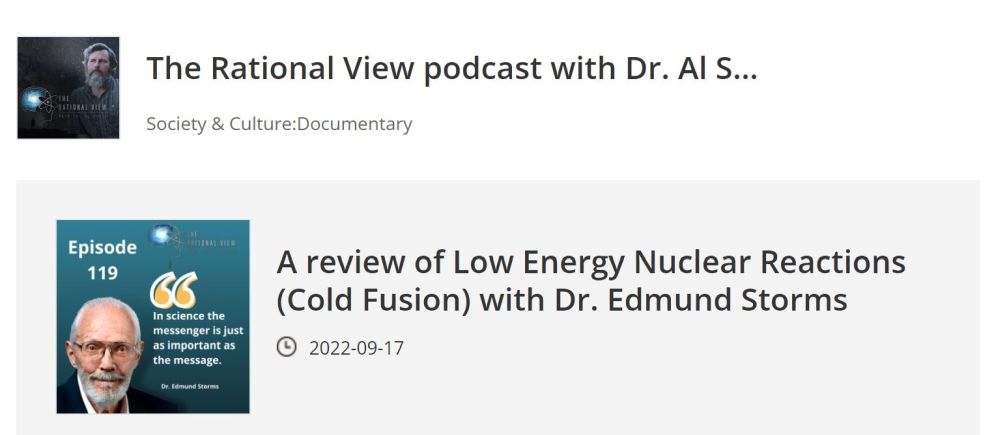The International Society for Condensed Matter Nuclear Science (ISCMNS) in collaboration with the Société Française de la Science Nucléaire dans la Matière Condensée (SFSNMC) will host the 16th International Workshop of Anomalies in Hydrogen Loaded Metals (IWAHLM-16) beginning Sunday evening September 1 through Wednesday September 4, 2024 in Strasbourg, France and online.
After the IWALHM-16 Workshop, participants are invited to attend a CleanHME Conference on Thursday, September 5th in the European Union Parliament building.
https://iscmns.org/workshops/iwahlm-16




